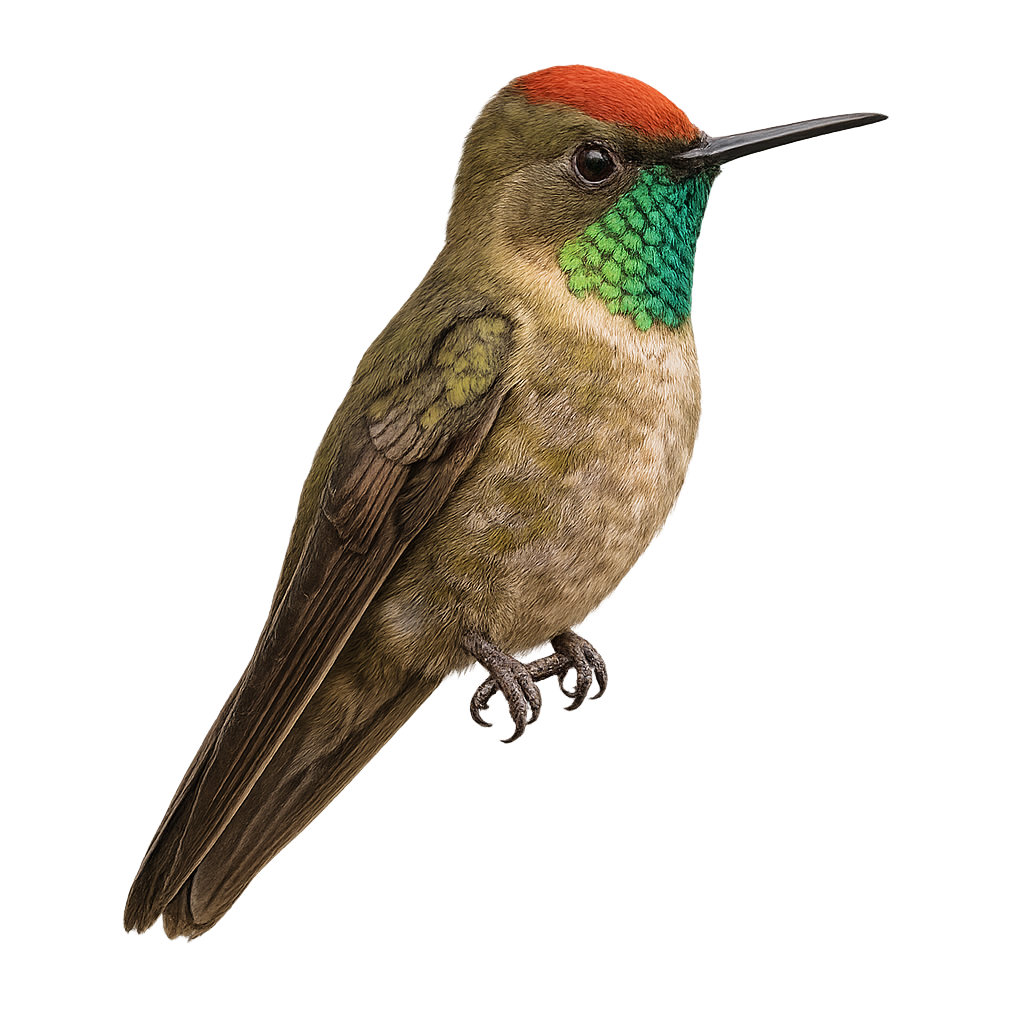Your wildlife photography guide.
Explore the rufous-capped thornbill in detail, study its behavior, prepare your shots.
Where to observe and photograph the rufous-capped thornbill in the wild
Learn where and when to spot the rufous-capped thornbill in the wild, how to identify the species based on distinctive features, and what natural environments it inhabits. The WildlifePhotographer app offers tailored photography tips that reflect the rufous-capped thornbill’s behavior, helping you capture better wildlife images. Explore the full species profile for key information including description, habitat, active periods, and approach techniques.
Rufous-capped Thornbill
Scientific name: Chalcostigma ruficeps

IUCN Status: Least Concern
Family: TROCHILIDAE
Group: Birds
Sensitivity to human approach: Suspicious
Minimum approach distance: 5 m
Courtship display: January to February
Incubation: 16-18 jours
Hatchings: January to March
Habitat:
Cloud forests, shrublands, high-altitude grasslands
Activity period :
Primarily active during the day, with peak activity in the morning and late afternoon.
Identification and description:
The Chalcostigma ruficeps, or Rufous-capped Thornbill, is a captivating small bird belonging to the Trochilidae family. This hummingbird is notable for its distinctive rufous head, contrasting with its metallic green body. It primarily inhabits cloud forests and shrublands of the Andes, at altitudes between 2500 and 4000 meters. Its modest size, about 10 cm, and light weight, around 5 grams, allow it to maneuver skillfully among the flowers it feeds on. Its thin, slightly curved bill is perfectly adapted to extract nectar from tubular flowers. In addition to its nectarivorous diet, it also consumes small insects to meet its protein needs.
Recommended lens:
400 mm – adjust based on distance, desired framing (portrait or habitat), and approach conditions.
Photography tips:
To photograph the Rufous-capped Thornbill, it is advisable to use a lens of 400 mm or more to capture precise details without disturbing the bird. Look for areas where flowers are abundant, as these birds are often seen feeding. Patience is key, as these hummingbirds can be suspicious. Use a tripod to stabilize your camera and adjust your shutter speed to freeze the rapid movement of their wings.
The WildlifePhotographer App is coming soon!
Be the first to explore the best nature spots, track rutting seasons, log your observations, and observe more wildlife.
Already 1 430 wildlife lovers subscribed worldwide

